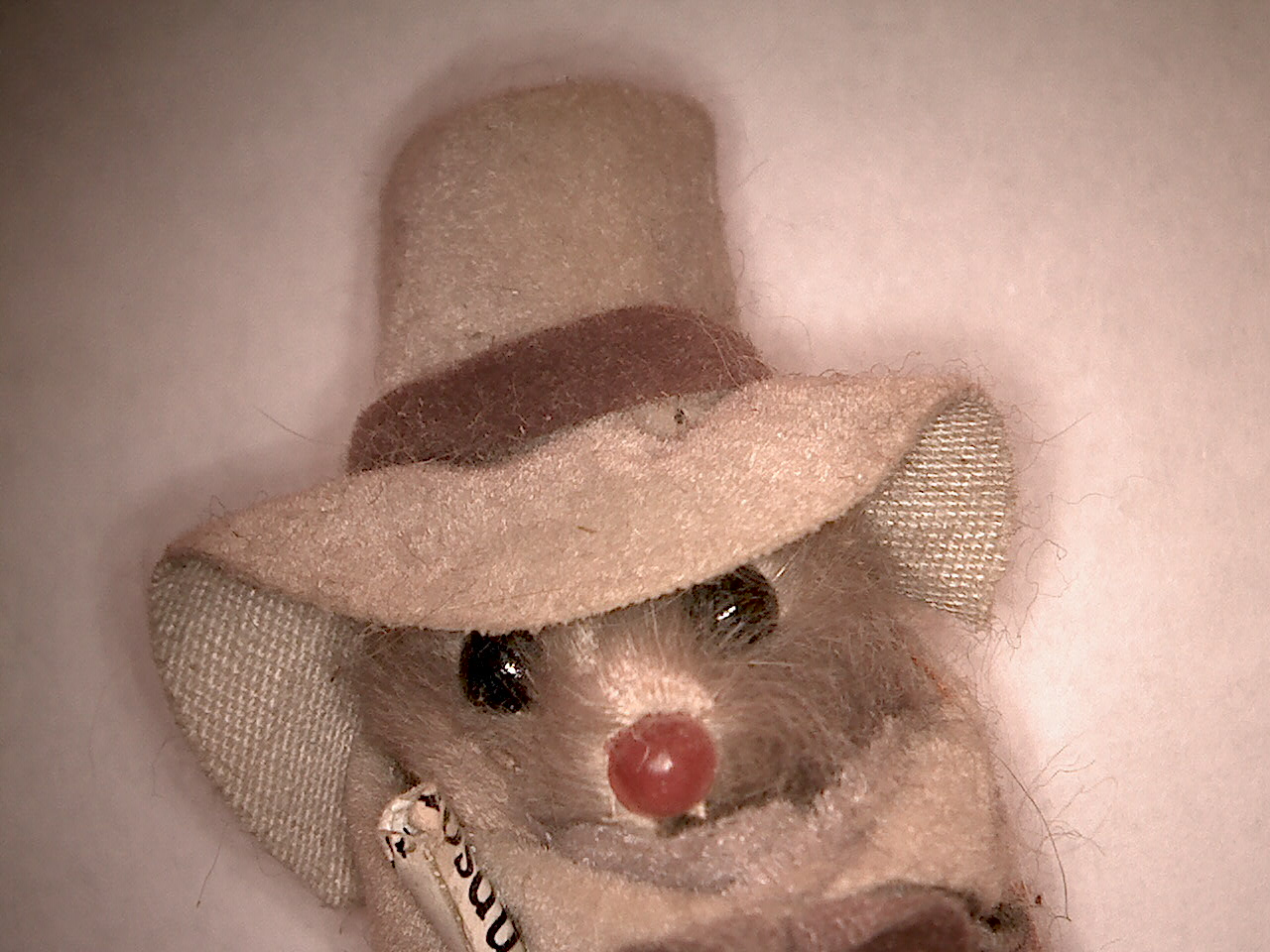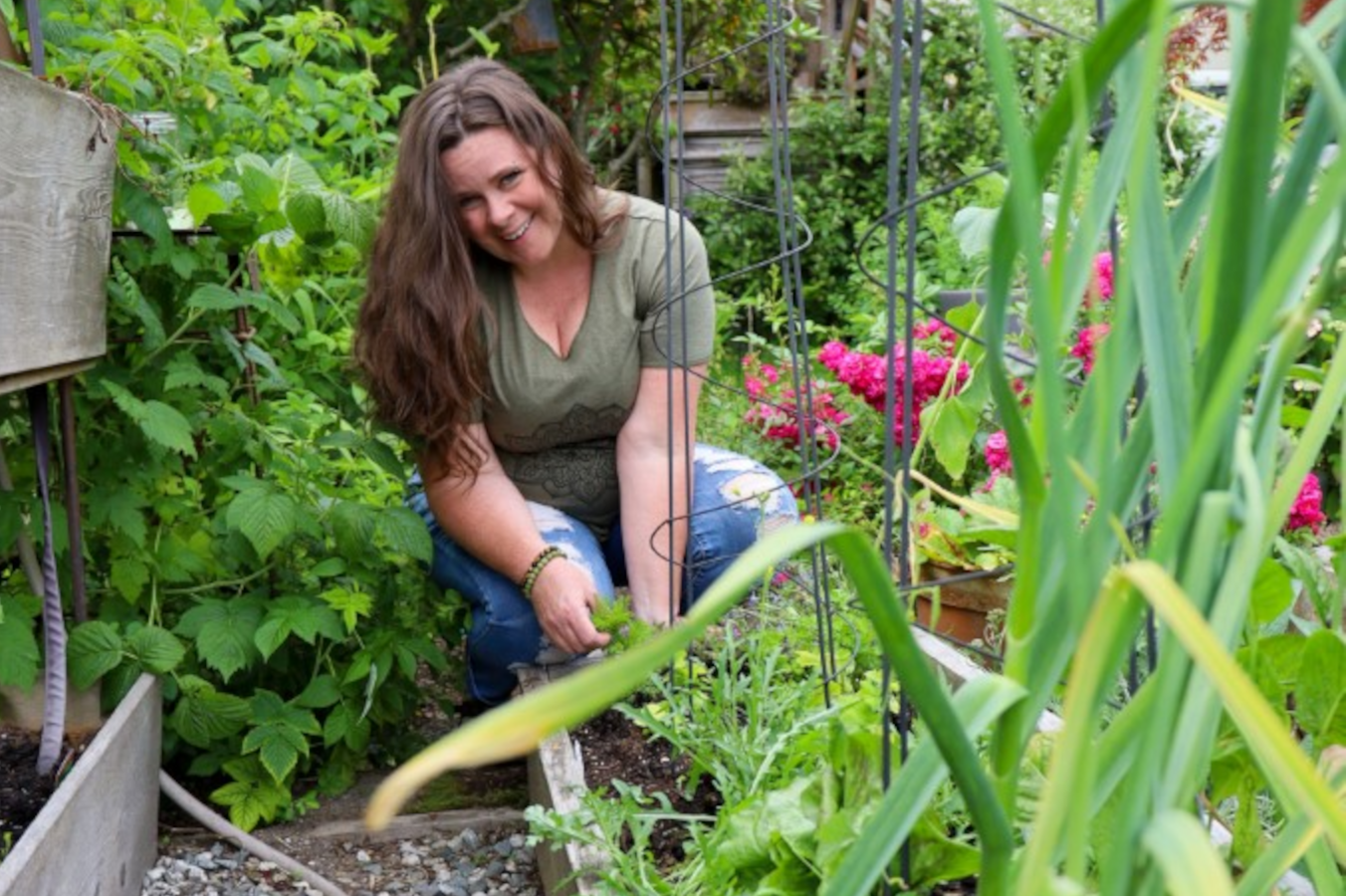Archive: https://archive.li/WA8dj
Gardeners are starting to avoid peat potting soils because of the carbon footprint of peat extraction. Across the world, these gardeners are exploring how peat-free alternatives let plants flourish.
There’s good availability of potato peelings and sawdust here, and a mix of those with a bit of “real” top soil works really well.
Coir has its own carbon footprint. Peatland restoration researcher Mélina Guêné-Nanchen said peat is produced in North America, and shipping alternatives like coir from overseas also has a large emissions footprint. Plus, imported soil ingredients need to be treated to prevent the spread of pathogens.
At this time, it is not clear how coir’s carbon footprint compares to peat’s.
This is ultimately why I haven’t fully switched away from peat as a soil ingredient just yet. I’m not sure the process used for treating coco coir for pathogens before its import, but I’d guess it’s being irradiated? Also not mentioned in the article is the massive amount of fresh water needed to wash coco coir of the salt from the ocean and beaches where it’s all harvested/processed.
I love that they mention rice hulls tho! I’ve been adding them to my homemade soil mixes for a few years now. They’re an inexpensive way to add bulk to your mix and even help with drainage. And as they break down, they provide bioavailable silica to your plants.
But there are also homegrown substitutes… suggests collecting leaves, running a lawnmower over them to chop them into little pieces, stacking them in a heap outdoors and letting them compost to create a peat substitute. He says composted bracken, bark or pine needles also work.
I’ve heard great things about using leaf mold as a soil building component, have yet to try it myself tho. But the pine needles interest me here. They’re very abundant near me, and I wonder if anyone here has had experience using them as a soil ingredient? or can point me towards peer reviewed data about using them in soil mixes?



